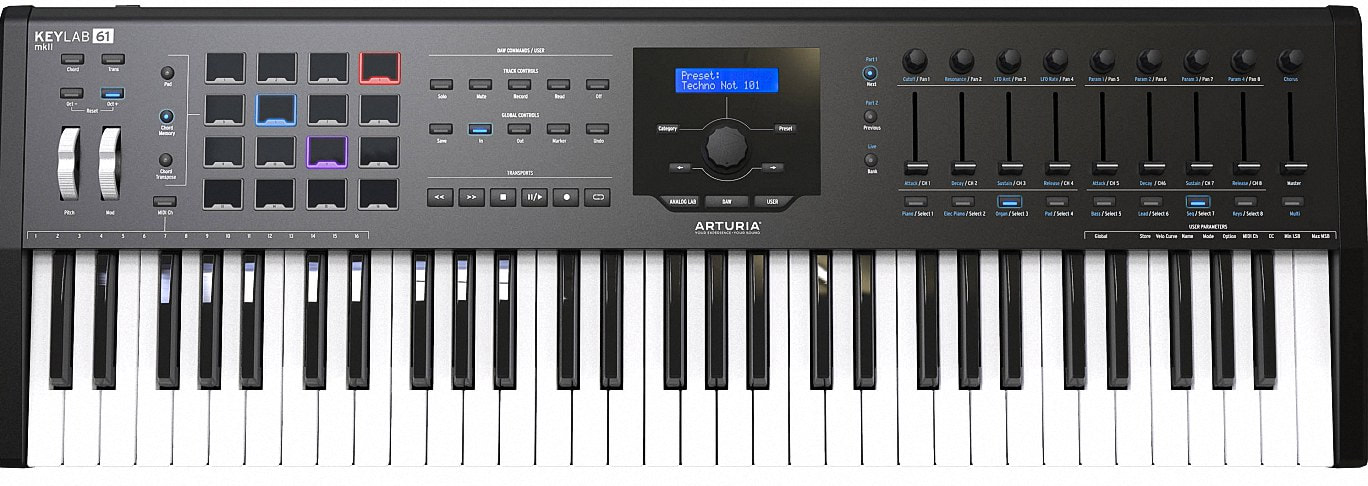Deep Review of Eventide H9 Max | Reviewer's Revival
Eventide – an illustrious, respected name in most nearly every serious
studio since the early 1970s. The wizardry-in-a-studio-box that got it
all started for the fledgling New Jersey-based company was their revered
H910 Harmonizer ® – this one is still an oft sought after effects
processor. As the company continued its tireless pursuit of digital
reverberation par excellence, Eventide blasted into the 1980s with one
of the quintessential digital reverb units of all time: The Eventide
“SP2016”. Next came an amazing multi FX contraption that could
manipulate an audio signal’s pitch, delay, modulation and filter curves
like theretofore unheard of – it was christened, “H3000”.
Suffice it to say, Eventide is a
deservingly well-established, highly regarded force in the audio
production industry. Since the company’s inception, they have proven
themselves to be not only innovators, but also purveyors of exceptional,
professional-grade processors. Thus it caused no small ripple in the
mid 2000s when Eventide started emulating their highly hailed studio
rack effects in plug-in form. Keeping no stone unturned, they also
developed an outstanding line of high-powered effects pedals – known as
the Factor series.
And . . . in 2009 Eventide gave
many guitarists and keyboardists cause for celebration when they
unleashed a rack full of their fan favoured effects in a single, rugged
stomp box. In keeping with their own famous naming conventions, that
little box of digital supremacy was knighted, “H9”.
In essence, all of the exquisite algorithms found in Eventide’s
“Factor” series of effects-pedals have been culminated into one
exhaustive collection – otherwise known as the H9 Max.
Although the outward appearance has remained unaltered, the H9 has
undergone a few subtle, under-the-hood changes on the inside. So too has
it price tiers.
The H9 is presently available
in three tiers: H9 Core, H9 Harmonizer, and H9 Max. There aren’t any
physical or electronic differences between the three — the distinctions
are entirely software dependent. Core offers 25 presets from the
original H910 / H949; Harmonizer increases the kitty to include Ultra Tap Delays, Advanced Modulatons, Shimmer & Hall reverbs, Vintage Delays and Tremelo/Pan. Finally, the H9 Max ships with all available algorithms pre-loaded and ready to rock! H9 Core and H9 Harmonizer can each be ‘Max’ed’
out with the full roster of algorithms; of course, the upgraded content
comes at a cost. Obviously, it costs more to ‘Max’ out the basic Core
unit since it requires 48 additional algorithms to be brought up to
full-meal-deal status.
So just how much wallet-paper does it take to get an H9 Max onto your pedal board?
Eventide’s MSRP and most nearly every retailer’s listing comes in at $699 (USD) / $899 (CAD). If you’re thinking, “Sheesh! That’s a big chunk of change”,
I would agree with you – on the surface. However, when you take into
consideration that most nearly every one of Eventide’s enviable
algorithms has been gleaned from their entire stomp box line, the price
makes a lot more sense. This includes, but is not limited to, all
modulation, harmonizing, pitch-shifting, delay, reverberation and
tremolo algorithms. In addition, exciting H9-exclusive algorithms are
here as well: UltraTap, Resonator, SpaceTime, PitchFuzz, EQ Compressor, Sculpt, CrushStation and HotSawz.
Moreover, any algorithms released in the future will automatically be
available for H9 Max users to download – at no additional expense.
Purchasing algorithms a’ la carte costs $20 apiece (applicable to H9
Core and H9 Harmonizer units only).


